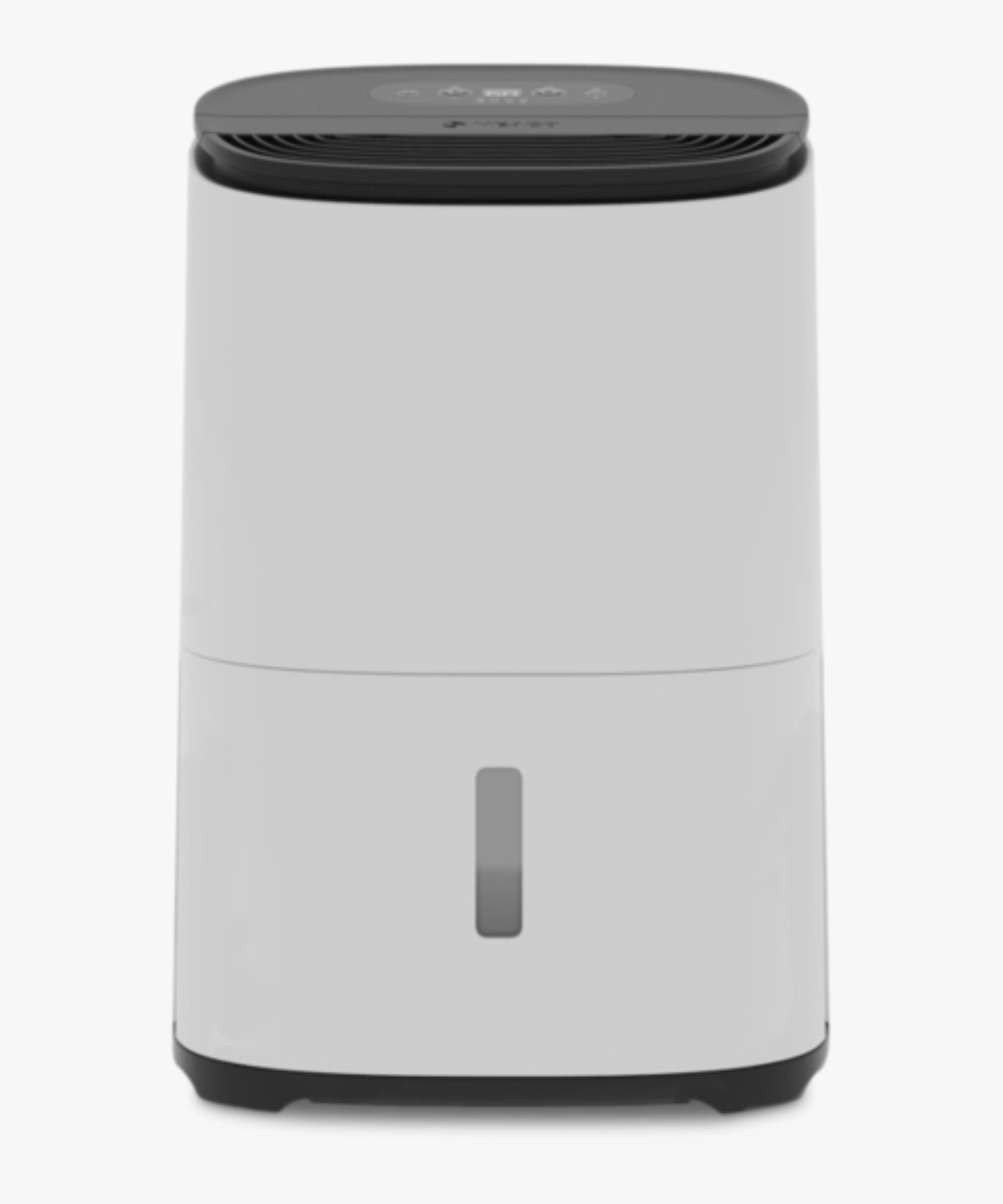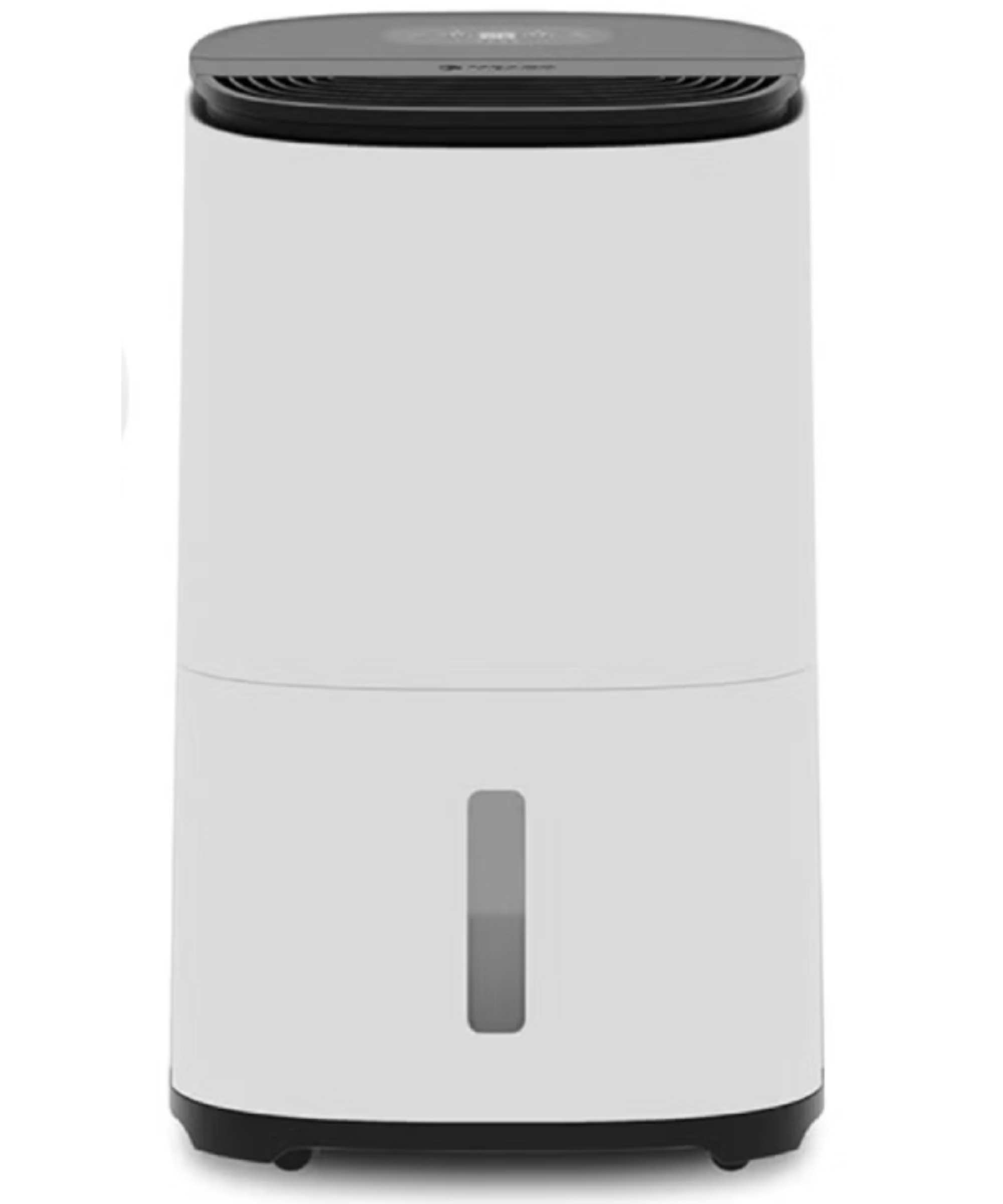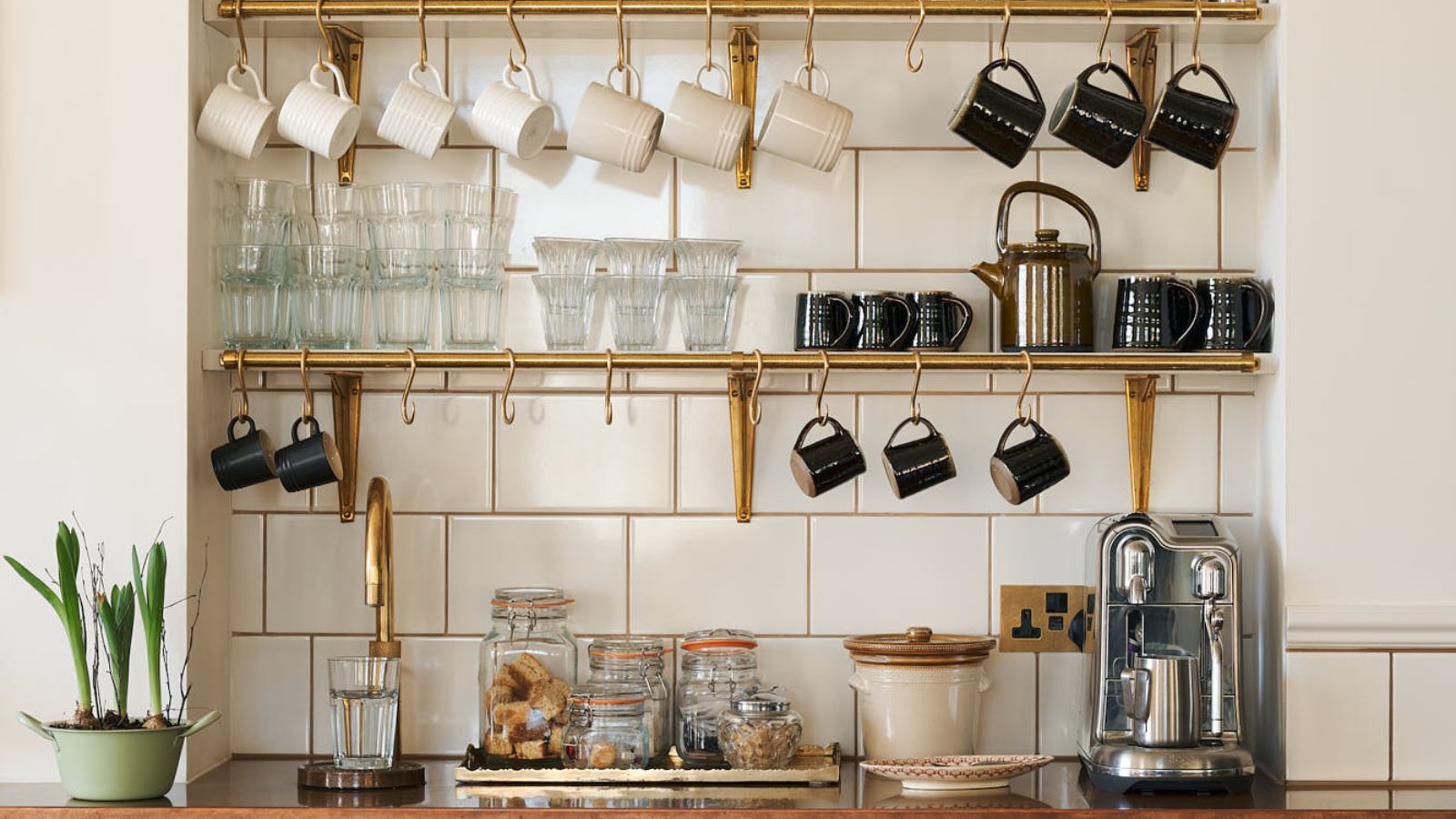How to prevent mould in bedrooms for a healthier sleep
If sleeping with spores sounds as scary as sleeping with the enemy, here's expert advice on how to prevent mould in bedrooms
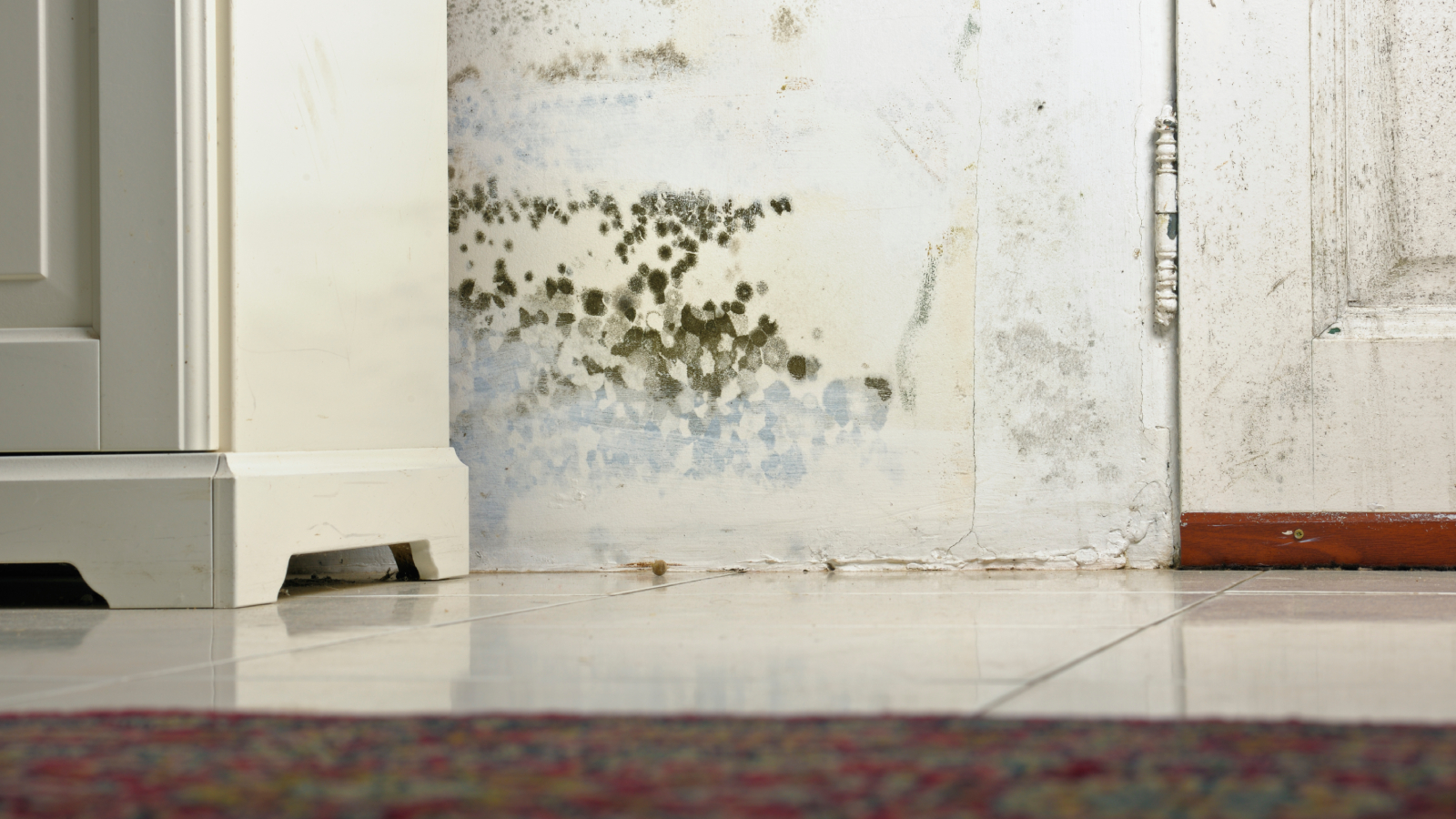
If you've followed the best advice for mould removal you'll be keen to make sure it doesn't return. After all, no-one considers mould a welcome house guest or is willing to offer it an extended stay.
While finding mould in any part of your house is never pleasant, it's even less appealing when it's found in the space where you sleep. Breathing in unseen spores is potentially the stuff of nightmares and according to the Sleep Foundation, mould in bedrooms can cause allergic rhinitis and "emerging research shows the potential for allergic rhinitis to cause a host of sleep problems including insomnia, restless sleep, obstructive sleep apnea, and snoring."
So just how do you prevent mould in bedrooms and are there any quick and easy fixes we can do ourselves?
How to prevent mould in bedrooms
1. Don't let damp laundry linger
Although you may be keen to put the ironing away as soon as it's finished, experts advise letting it air for a bit longer.
"Leave any clothes to dry fully before you put them away," says Henry Patterson, cleaning expert at Housekeep. "It may sound obvious, but damp clothes in wardrobes or drawers can lead to mould in the bedroom. If you put the items away when they're still damp, the moisture will collect on the furniture surfaces and potentially lead to mould forming inside."
This rings especially true if like me, you have a steam generator iron. I find the pay off for speedier ironing is that clothes are left feeling slightly damp. It's not a long-lasting dampness, but I certainly wait before putting everything straight back in the wardrobe.
The same rule applies for clothing you've taken off, says Henry. "Avoid building up piles of clothes in the bedroom, especially if any are damp and dirty."
Bring your dream home to life with expert advice, how to guides and design inspiration. Sign up for our newsletter and get two free tickets to a Homebuilding & Renovating Show near you.

Henry works for a national cleaning agency, sharing his wealth of knowledge on cleaning domestic properties with the team to ensure homes are cleaned to the highest standards.

2. Regularly air your bed
According to Solihull Community Council, the average person will exhale around half a pint /284ml of water every night. Add to that the natural amount of moisture lost through sweat and suddenly it's easy to see why regular airing of your bed becomes a must do.
"It's good practice to air out the room for some period of time every day," says Henry, "and when you strip the bed, leave your pillows and mattress to air out for a couple of hours before you put on new bedding."
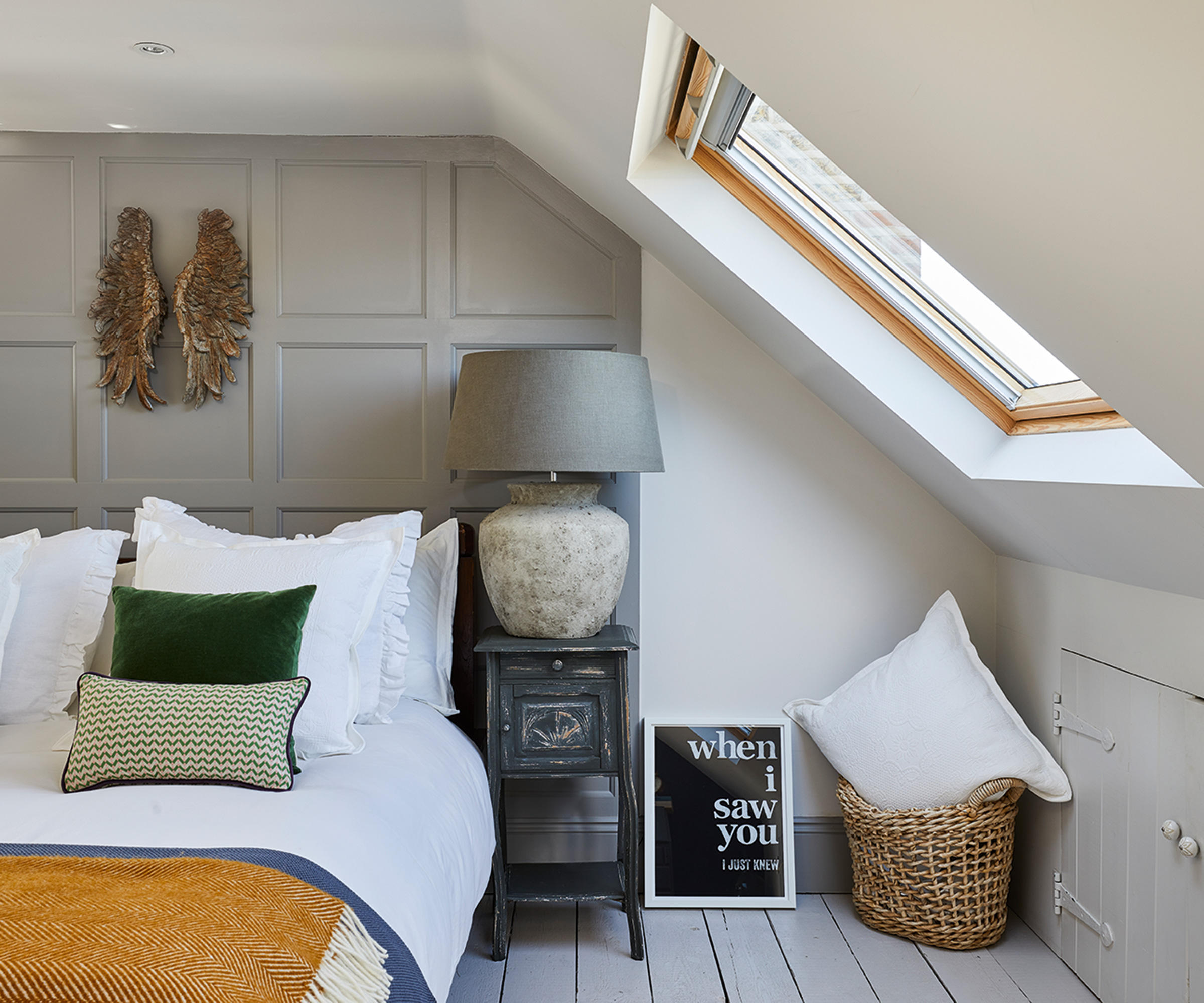
3. Monitor the room temperature
"Experts advise that the temperature of a room should be as constant as possible to avoid mould growth," says Andy Simms a home building expert for Mybuilder.com.
"Fluctuating temperatures can actually cause the problem to be exacerbated. Try and keep your room temperature to between 16C and 18C at all times."
If this seems a little chilly for you in the winter, invest in all seasons duvet such as this Slumberdown All Seasons 15 Tog Double Duvet that comes in two parts - a 10.5 tog and 4.5 tog that you can split or add together depending on the season or your personal preference.

With almost a decade of experience on the front line in construction as a multi-trader, Andy has a wealth of knowledge on domestic properties and a vast range of tips and tricks for keeping your property in top condition.

4. Avoid high humidity levels
If you've looked at what is normal humidity in a house - which Henry Patterson says should be around 40-60% at all times - and know you have a potential problem, invest in the best dehumidifier for your needs.
If you're worried about noise, choose one with a sleep mode that should mean it operates at a lower decibel volume. It will still remove the humidity but work at a more comfortable volume letting you get the rest you need.
"You can also pick up some moisture removal trays for a few pounds online as a less expensive fix," suggests Henry.
Try this pack of 10 Ansio Interior Dehumidifiers from Amazon in your bedrooms and this 12 pack of Ansio Wardrobe Dehumidifier Hanging Bags from Amazon in your wardrobes for an extra level of protection.
Check out these bedroom suitable dehumidifiers
5. Keep your windows in good condition
If you have single glazing which results in condensation on windows building up during the winter months and mould has set in on the sealed area around your window frames, it's important to fully remove any traces of it for a fresh start.
"Consider changing any sealant around windows if it starts to get mouldy," says Henry Patterson. "It's relatively simple to do yourself with a few inexpensive tools and the right product from your local DIY store."
If you're not sure what product you should use, follow advice regarding silicone vs caulk to make sure you use the right one.
Make sure you also keep any window trickle vents open to allow natural ventilation to the area.
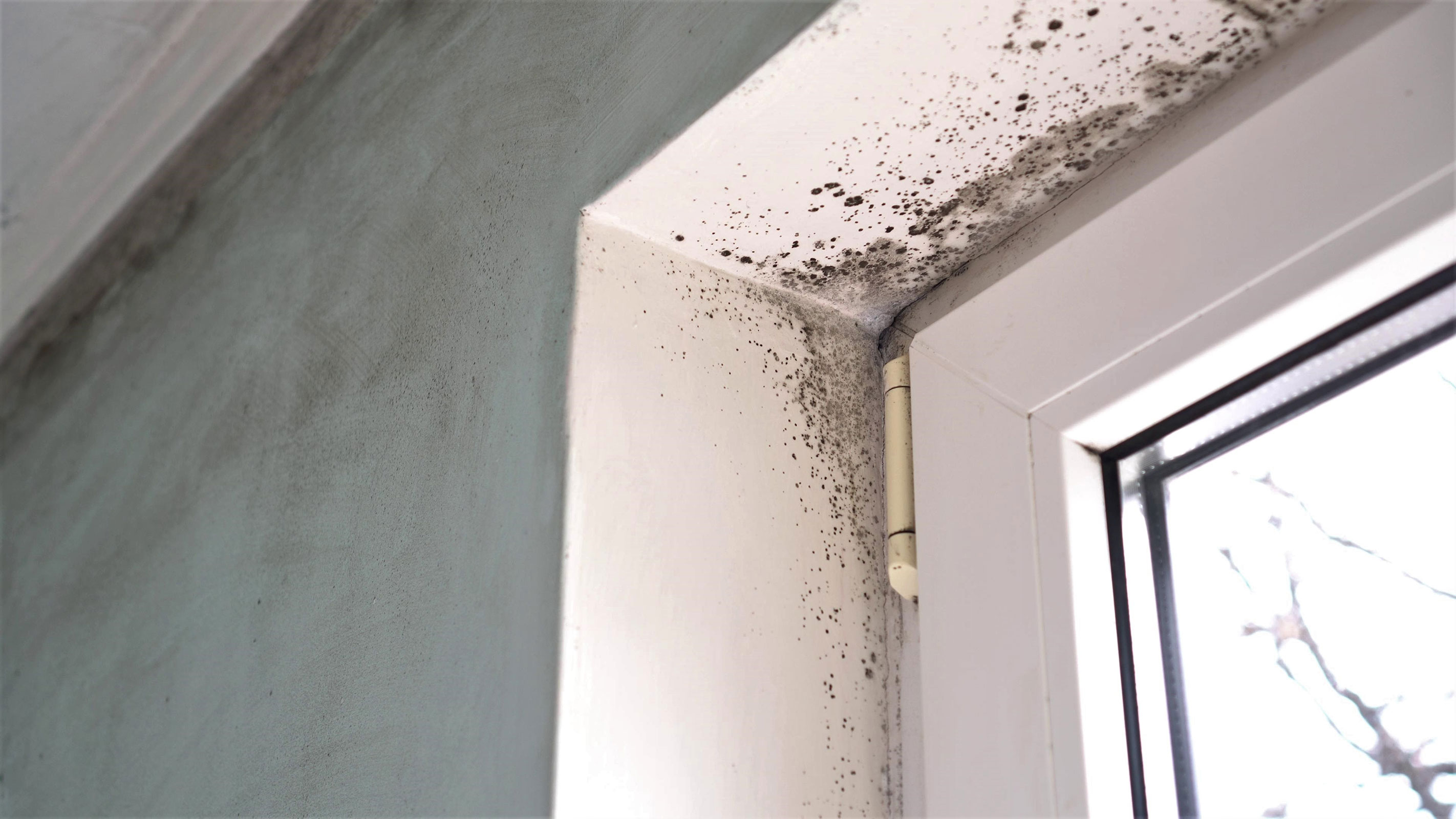
6. Adopt an open-door policy
Although you may choose to close the door at night, leaving it open during the day can help with natural airflow and home ventilation.
The same goes for your cupboards and wardrobes - all of which will benefit from being opened for a short while - even if you haven't noticed any changes in smell or found yourself needing to research how to remove mould from fabric as it's taken a hold on your favourite items of clothing.
7. But not when it comes to ensuite doors
If you spent ages deciding between ensuite bathroom ideas, installed one but now find yourself faced with a damp bedroom, there are things you can do.
Keep your bathroom door closed while in use and for a while afterwards. Make sure you've also got the best bathroom extractor fan fitted - especially if it's a room without a window.
While a hot shower may be the only way you can wake up in the morning, leaving the steam to escape into your bedroom will only increase the humidity. Close the door and only open it once the steam has disappeared.
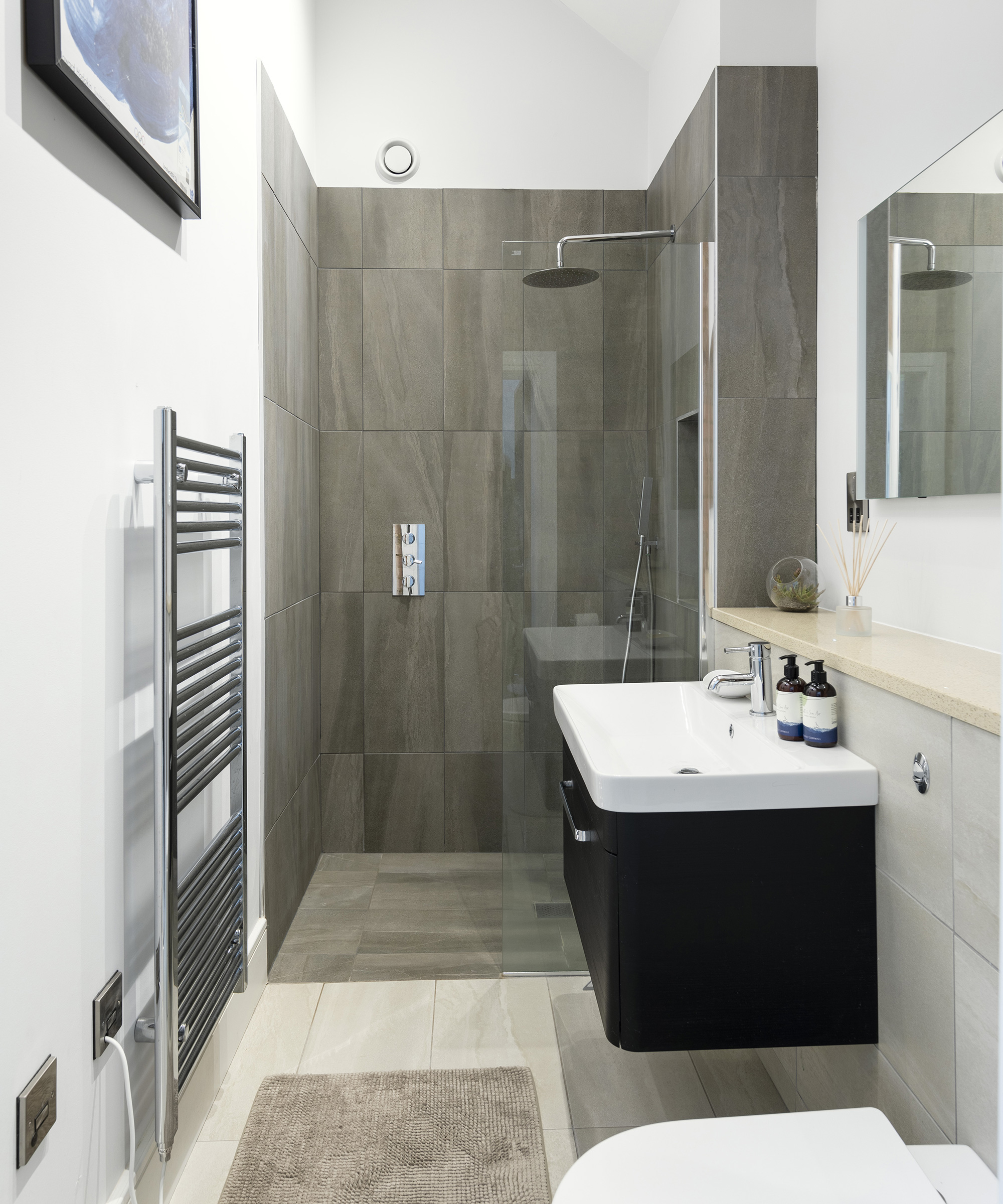
8. Don't mind the gap...
...embrace the gap.
In our keenness to maximise on space in master bedroom ideas, it's easy to try and place everything directly against walls to ensure there's a good flow around the bed, ample room to get dressed and corners for adding chairs, seating or laundry baskets.
The problem is, unless your furniture is fitted directly to the wall, there will always be a tiny gap - even if you've removed the skirting boards to get as snug a fit as possible.
And where there's a gap and a lack of good ventilation, the hard surfaces are somewhere for moisture to settle and eventually turn to damp or mould.
So even if you like to run a tight ship in terms of furniture placement, and don't want to increase the gap, make it a regular habit to pull items away from walls, check for mould and leave the walls to breathe for a few hours before returning furniture back to its rightful place.
An extra tip if you're having new carpet fitted is to make sure there's space between your new bedroom carpet and the bottom of the door. As well as being easier to open, it will allow air to filter through more easily.
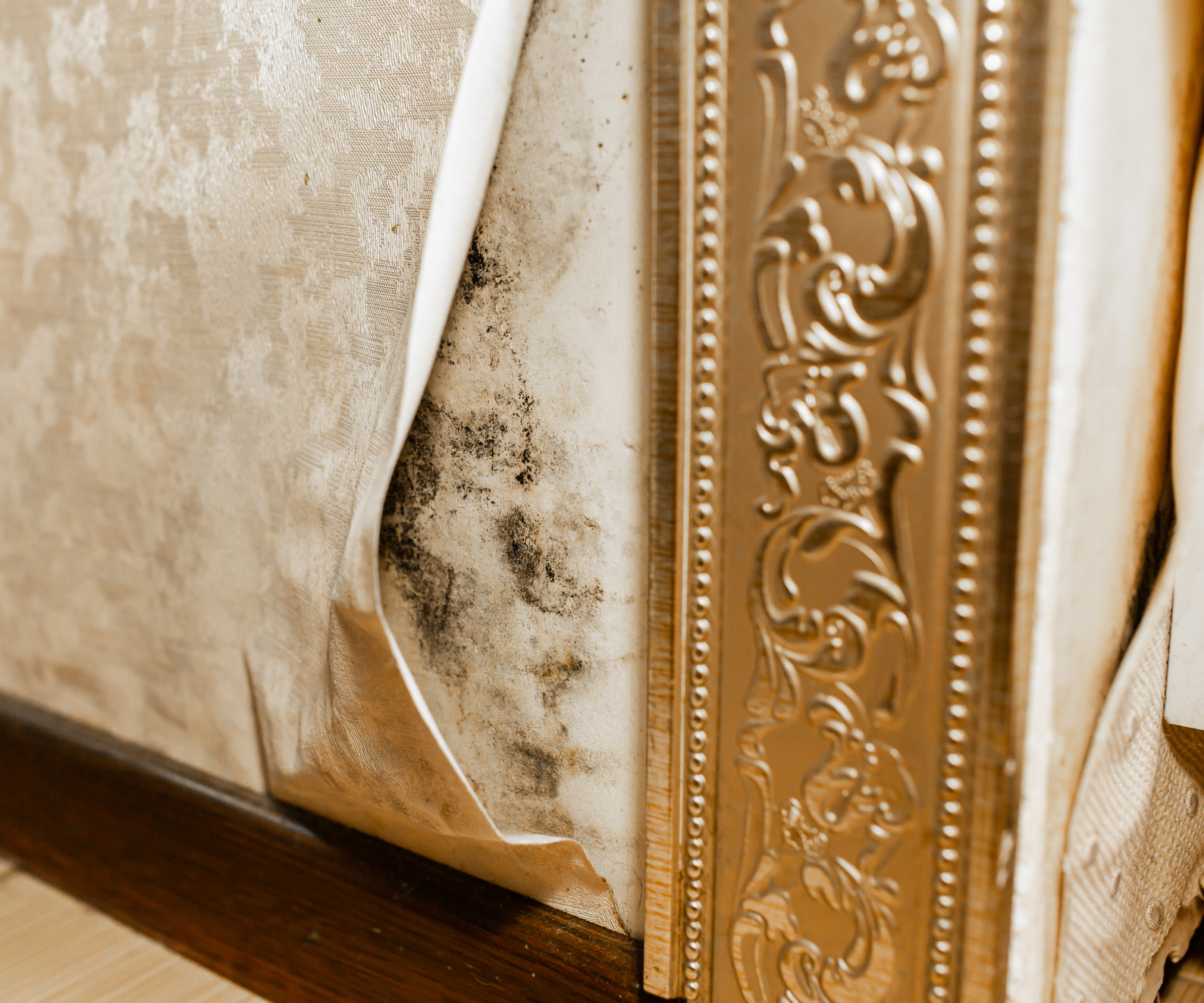
9. Keep it clean
And by that we mean the room and its contents.
"Regularly clean your sheets (at least once every two weeks) as well as any machine-washable furniture covers," recommends Henry. "Also make cleaning of windowsills and seals part of your regular cleaning routine to prevent against any mould setting in."
The same goes for the inside of wardrobes and drawers. Removing the contents and wiping them down will help to keep hidden mould spores at bay.

10. Try to avoid piles of paperwork or magazines
Although it's tempting to let your favourite copies of Homebuilding & Renovating pile up by the side of your bed, mould likes paper, cardboard and absorbent materials as much as it likes your walls.
This can also be a problem if your home office is actually your bedroom space and you have paperwork and magazines to hand. While you can't banish them altogether, try to reduce the amount that's left out and instead indulge in some new storage such as these clear Osco magazine holders from John Lewis.

11. Harness the power of the sun
Mould loves the darkness, one of the reasons bedrooms can be an appealing location. While we're not suggesting you sleep with the curtains open, we do recommend that you open them wide come morning time.
Sunlight naturally prohibits the growth of all sorts of types of mould. And while we may not get an excess amount in the UK, letting as much light into your bedroom as you can is a free way of preventing mould in your bedroom.
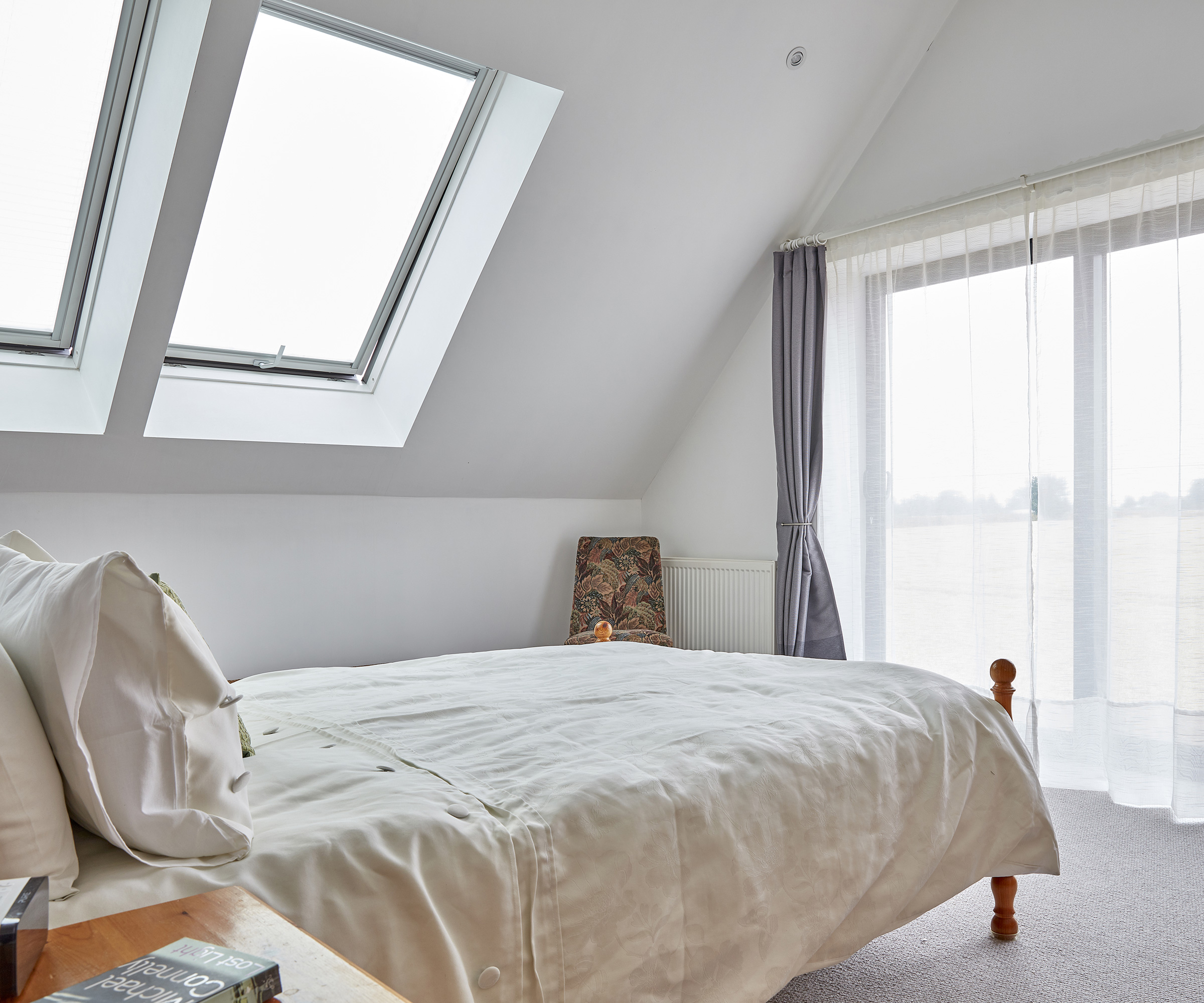
12. Mop up any spills quickly
We've all done it, reached out in the middle of the night for a glass of water but misjudged its location and it's ended up on the floor. As tempting as it is to leave it in when half asleep, knowing it's unlikely to stain as it's only water, you do so at a risk.
"Clean up any spillages immediately," recommends Henry, "and make sure that you've dried the affected area fully. Don't put anything on top of damp, drying patches on the floor or on furniture."
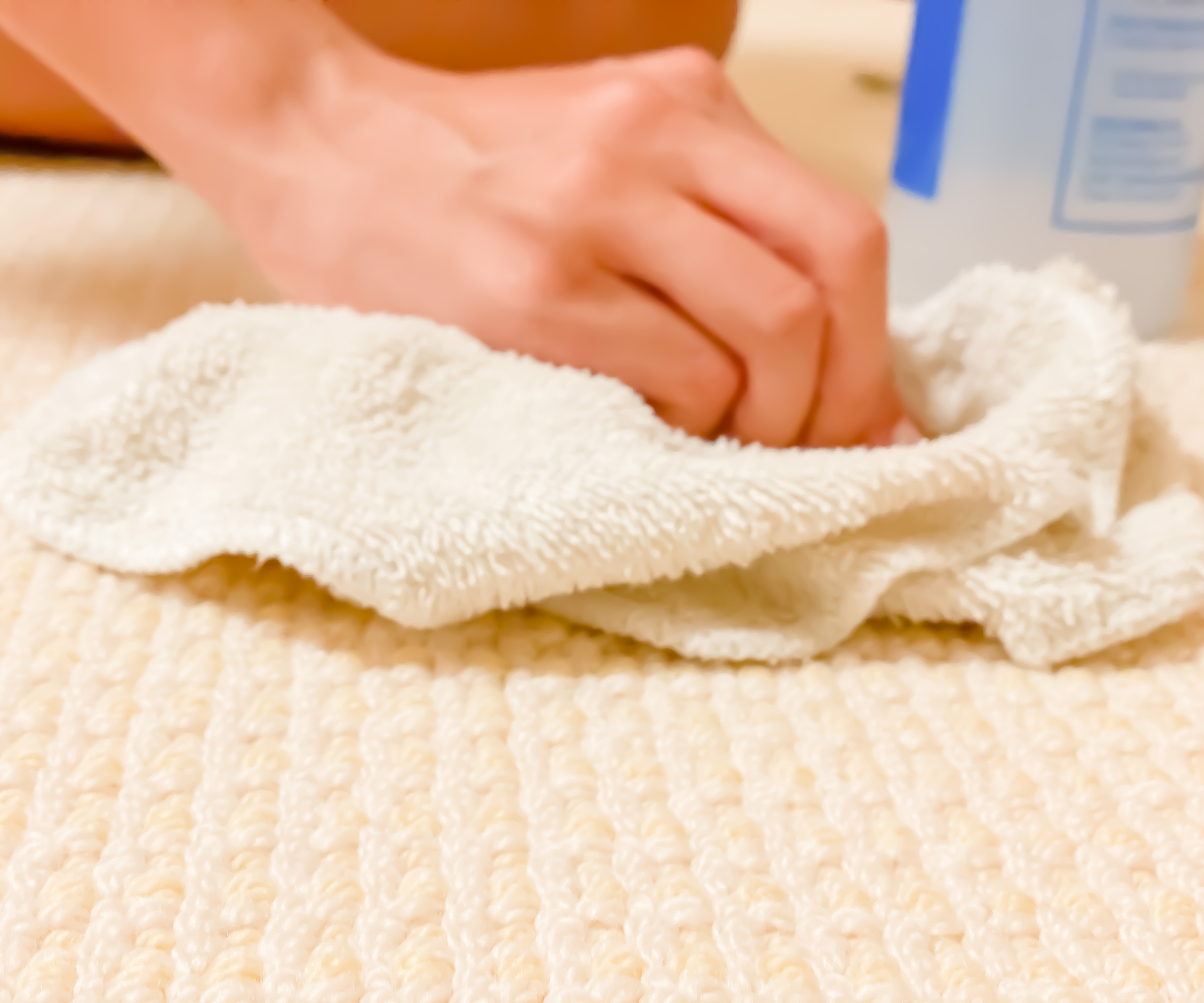
If you've got any other tips for preventing mould in bedrooms, we've love to hear them. Or, if you've found yourself renovating a property with existing mould, take a look at how to remove mould from ceilings and how to clean mould off wood.

Sarah is Homebuilding & Renovating’s Assistant Editor and joined the team in 2024. An established homes and interiors writer, Sarah has renovated and extended a number of properties, including a listing building and renovation project that featured on Grand Designs. Although she said she would never buy a listed property again, she has recently purchased a Grade II listed apartment. As it had already been professionally renovated, she has instead set her sights on tackling some changes to improve the building’s energy efficiency, as well as adding some personal touches to the interior.
